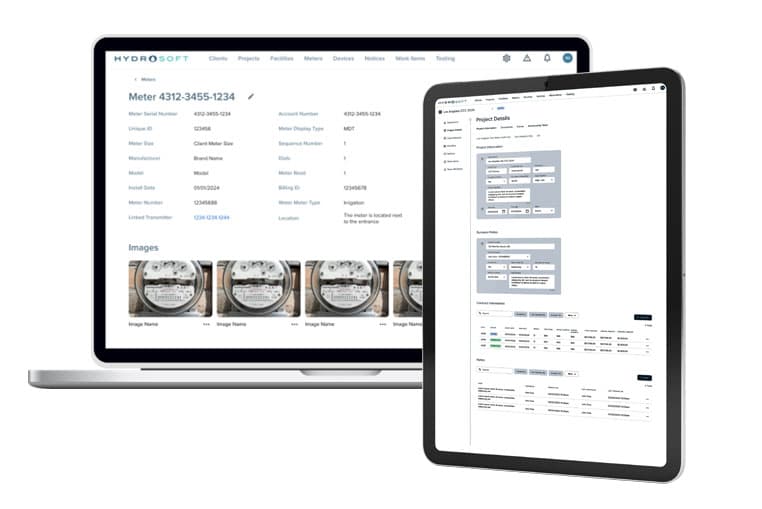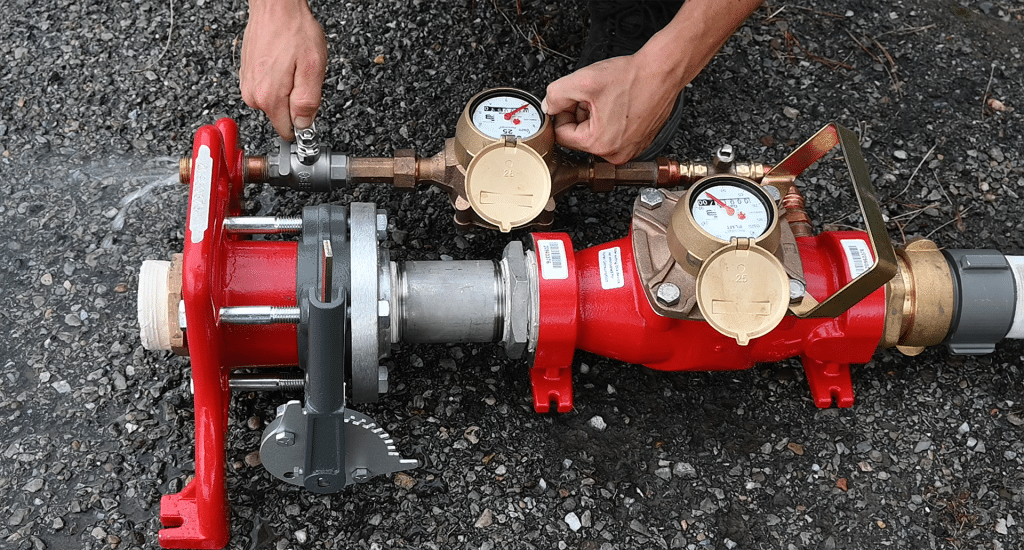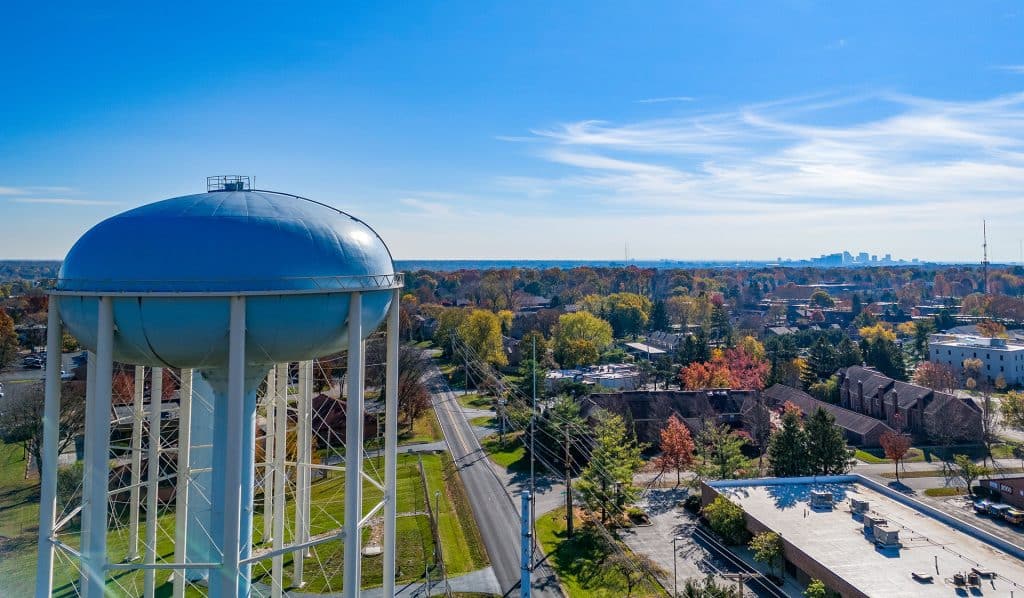Resolving Cross-Connection Control Pain Points With the AWWA M14 Manual
Managing a cross-connection control program comes with complex challenges – from incomplete data and field survey gaps to inconsistent enforcement. ...
Regulations, budget constraints, staffing limitations, and administrative burden can overwhelm public water systems. Often, you’re left dealing with leaks, pipe damage, incomplete records, fines, and the looming risk of contamination. HydroCorp helps ensure safety, addressing hazards before they harm public health—all while keeping you within budget.

Regulations, budget constraints, staffing limitations, and administrative burden can overwhelm public water systems. Often, you’re left dealing with leaks, pipe damage, incomplete records, fines, and the looming risk of contamination. HydroCorp helps ensure safety, addressing hazards before they harm public health—all while keeping you within budget.

Regulations, budget constraints, staffing limitations, and administrative burden can overwhelm public water systems. Often, you’re left dealing with leaks, pipe damage, incomplete records, fines, and the looming risk of contamination. HydroCorp helps ensure safety, addressing hazards before they harm public health—all while keeping you within budget.

HydroCorp’s expert services save you time, money, and headaches. Whether you need a comprehensive cross connection control program, backflow preventer test tracking, or support on water meter replacement or large water meter testing, HydroCorp’s team of experienced field technicians can get the job done.

HydroCorp’s cross-connection control model establishes a cost-effective, long-term system that can be maintained internally or with year-to-year turnkey support from our team of experts.


HydroCorp’s backflow preventer test tracking bridges the gap between necessary backflow test records—often maintained through software—and fulfillment of activities for true compliance.
From the project launch meeting to the very last meter, HydroCorp provides a systematic, high-quality process that is centered on a positive water customer experience and on-time completion of meter replacements. Where meters need to be tested and documented for accuracy, HydroCorp can facilitate all aspects of on-site documentation processes.


Public water systems are complex and require ongoing, comprehensive maintenance to ensure safety and compliance. Trusted by over 600 public water systems, HydroCorp combines decades of experience, modern technology, and long-term partnership to support safe water systems from coast to coast.
With HydroCorp on your side, you can proactively:
Managing a cross-connection control program comes with complex challenges – from incomplete data and field survey gaps to inconsistent enforcement. ...
Far too many public water systems delay implementing a complete cross-connection control program until compelled into action by enforcement orders. ...
Enforcing cross-connection control regulations starts with communication. You have to communicate what regulations exist, how to comply with them, and ...
The southern United States is unique in culture, climate, geography, and cross-connection control regulations. As compliance requirements evolve, now is ...
“You always find something once you start looking.” The question is: Are you ready to look? Do you have the ...
Public water systems face a growing expectation to provide safe, uninterrupted water service while simultaneously managing aging infrastructure and increasing ...
Ohio has more than 4,000 public water systems, all of which are subject to the regulations set by the Ohio ...
Cross-connection hazards are persistent, reoccurring threats that jeopardize water system safety when left unaddressed. That’s why surveys should be conducted ...
What’s the point of a cross-connection control program? When you don’t know what’s connected to your water system, your water ...
Despite shifts in water safety regulations and advancements in cross-connection control, unprotected (and undetected) cross-connections still pose significant risks to ...
This live event is designed to help public water systems in California understand and plan for the budgetary requirements associated ...
Water utilities operate on tight budgets, often relying on grants to fund critical infrastructure upgrades, technology improvements, and safety initiatives. ...
This webinar is designed to help public water suppliers and cross-connection control professionals in Ohio navigate the regulatory requirements outlined ...
Recent changes in several state regulations reveal an alarming shift toward extending backflow preventer testing frequencies, often moving from annual ...
Attention Water Department Staff! Stay ahead of evolving regulations with expert insights into backflow prevention and cross-connection control compliance. Learn ...
5700 Crooks Road, Suite 100
Troy, MI 48098